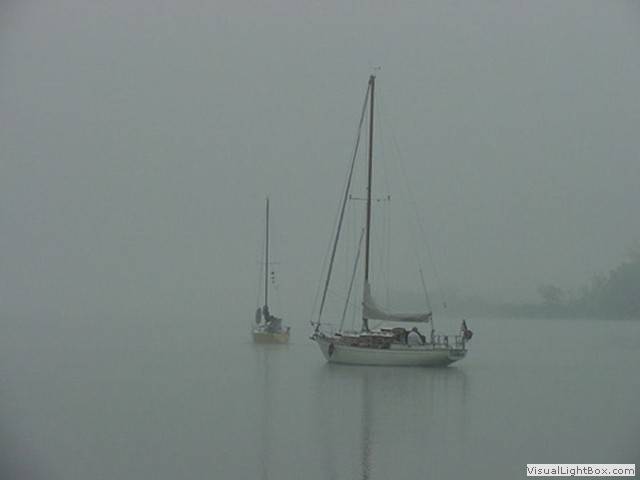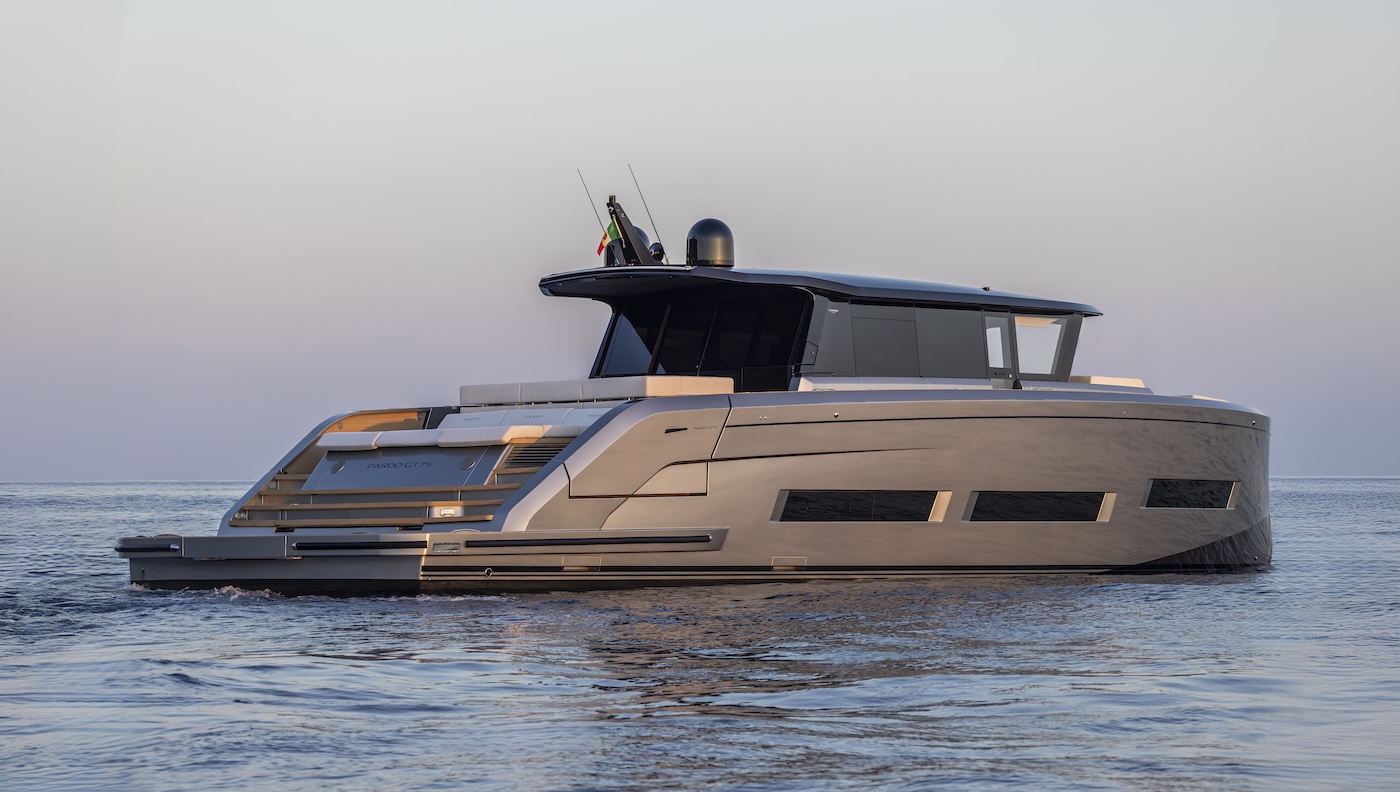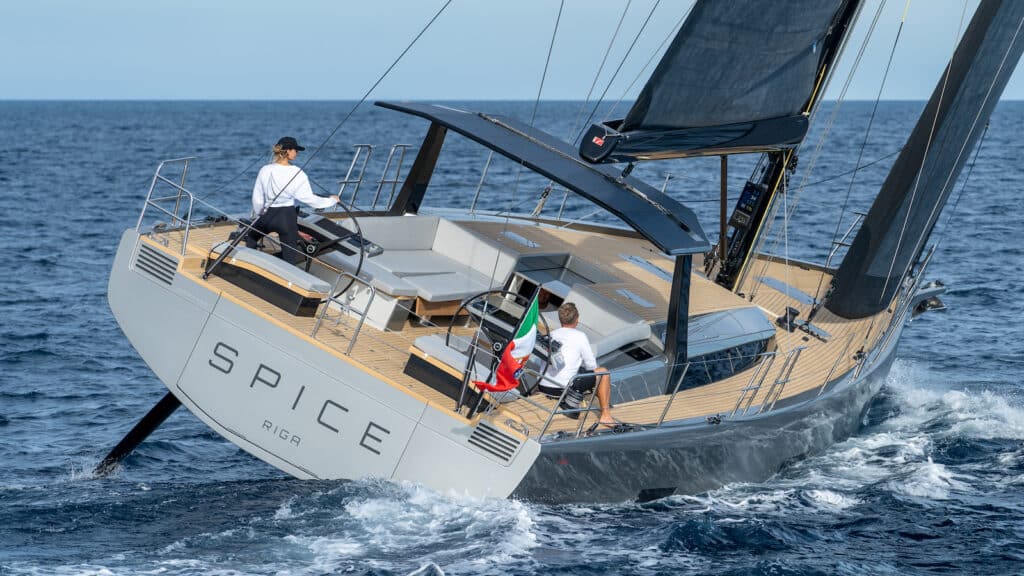La visibilità non era buona ma potevamo contare ancora su un orizzonte visibile a qualche migliaio di metri. Poi, lentamente ma in modo progressivo, la nebbia ci avvolse. La prua aveva lacerato un drappo bianco che si era richiuso alle nostre spalle e stavamo navigando come sospesi, avvolti da milioni di particelle d’acqua nebulizzate. Il senso di orientamento si smarrì in pochi secondi e la sensazione fu immediatamente quella di girare in tondo. Il suono del nautofono del porto di Rimini, invece di rassicurarci, aggiunse alla situazione un che di sinistro.
L’esperienza descritta risale a qualche anno fa, durante un breve trasferimento da Cesenatico a Senigallia. La barca era sprovvista di radar e gps, cosa piuttosto diffusa a metà degli anni ’80 nel diporto e l’Ais doveva ancora affacciarsi fra le dotazioni disponibili.
Ancora oggi come allora, seppure le dotazioni siano maggiori, navigare nella nebbia, oltre che pericoloso e da evitare, è un’esperienza che genera un immediato senso di smarrimento. E ora che faccio?
La qualità della risposta a questa domanda dipende molto dalla barca su cui ci troviamo e dalle dotazioni di bordo; un radar, posto che lo si sappia usare correttamente, cambia la vita in queste circostanze.
In ogni caso le prime azioni da mettere in campo sono :
– diminuire la velocità ma non fermare la barca. In caso di pericolo di collisione una barca ferma non governa:,
-mandare una persona a prua. La cosa ci permette di guadagnare qualche metro di visibilità e un po’ di sostegno psicologico;
-utilizzare i segnali acustici che abbiamo a bordo. Nella maggior parte dei casi si tratta del corno a fiato o alimentato da una bomboletta. I segnali acustici hanno significati precisi che vanno rispettati. Se non li si ricordano a memoria, basta andare a leggerli, spesso disponibili anche sulle confezioni dello stesso dispositivo. Altrimenti ricordiamo che un suono lungo ripetuto a intervalli di due minuti significa “nave a propulsione meccanica in abbrivio”. Quello che fa al caso nostro visto che avremo probabilmente dato motore se siamo su una barca a vela;
-visualizzare sulla bussola la rotta, mantenerla se non è verso costa e infine nessuno ci vieta, anzi se è possibile è anche auspicabile, invertire la rotta di 180 gradi in pochi minuti e tentare di uscire dalla nebbia se si tratta semplicemente di un banco;
– “Farsi vedere” dalle navi, che se è vero che rappresentano la minaccia maggiore, è pur vero che sono dotate di radar che può vederci molto meglio se abbiamo un riflettore radar.
Naturalmente, con il radar e l’Ais a bordo, fermo restando la necessità di ridurre la velocità e verificare che la rotta non diriga verso costa o ostacoli, i margini di sicurezza sono molto più alti.
Detto questo, la prima vera misura di sicurezza è quella di evitare la nebbia.
Per farlo è sufficiente consultare le previsioni meteo nella zona in cui navighiamo. Ma come sempre, una maggiore conoscenza sulle cause dei fenomeni amplia la possibilità di prevenirli.
In questo senso è utile sapere come si forma la nebbia in mare.
Senza addentrarci nei vari tipi di formazione, ci limitiamo a dire che in mare la nebbia si forma quando una massa d’aria calda e umida scorre sulla superficie del mare più freddo. Si chiamano nebbie avvettive o marittime.
Questo fenomeno è quindi molto legato ai venti che trasportano aria umida su acque più fredde.
E’ questo il motivo per cui queste nebbie sono più frequenti alla fine dell’inverno, fra febbraio e marzo, quando il mare è al minimo della sua temperatura. E’ proprio in queste settimane dunque, che in presenza di venti umidi e caldi da sud, in particolare con lo scirocco, masse d’aria calde risalendo lungo il Mediterraneo incontrano acque più fredde anche di 5 gradi generando la nebbia. Se abbiamo in programma nei prossimi giorni qualche uscita in mare, occhio alle temperature dunque, quella del mare e quella dell’aria.












